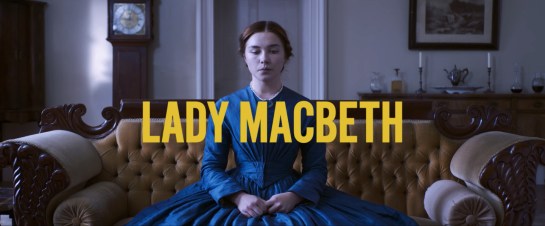
Almost everything wrong with modern cinema is exhibited in the first five minutes of this 2016 loose remake of the John Sturges classic. The bad guy (Peter Sarsgaard) arrives to plague a town, the surrounding land of which he needs to rape, er, mine. He tortures a child, burns a church, shoots an unarmed man in front of his wife, and then, one of his men throws an axe into the back of a fleeing woman churchgoer.
That’s what the filmmakers believe is necessary for you to give a shit.
It ain’t nearly enough.
It’s an execrable film. The score is excessive and deafening. The western garb is better suited to a Manhattan runway. The heroes escape no demons, and no one ever misses a shot. Everyone is twirling a gun or a knife or a mustache. Marvel movies have more depth and gravitas. Video games carry greater danger.
Worse, the film is plotted by a moron. In a seminal scene, Chris Pratt (aka, Billy Rocks, I shit you not) takes all of the money from a poker table, yet within 15 minutes, he miraculously does not have the five dollars to buy back his own horse. Thus, he is enticed by Denzel Washington to save the town!
Speaking of Pratt, he is fundamentally, constitutionally unserious and insubstantial. He’s perfect for light, wiseacre comedy. He can’t do much else, and when he tries the hard stare, Lord, is it painful.
Five more dummies sign up for the suicide mission because, well, just because. I suppose some inducement comes in the form of a frontier gal whose husband was shot in front of her. Her pitiful story serves to secure Washington‘s agreement to save the town. Or maybe it was her cleavage, which seems discordant to her “I am just a simple farm woman” mien.

Come on.
After Washington and Pratt, we get syrupy Southerner Ethan Hawke (hand to God, his name is Goodnight Robicheaux, and he had “23 confirmed kills at Antietam” – ha ha ha ha ha, you can’t make this dreck up); Vincent D’Onofrio (who comes off like Steinbeck’s Lenny had Lenny become a bounty hunter); the inevitable Indian (Martin Sensmeier as Red Harvest, who is mystical, perfectly painted and manicured, and accompanied by his own tom-tom score); and two other total nobodies, all of whom join up for similarly unexplained reasons.
Red Harvest is the easiest touch. Washington tells him, “we go to fight wicked men. Probably we all die” and Red Harvest is in. Washington did bring the gal with the ample bosom to this recruitment meeting, so maybe that did the trick. It is all I can figure.
Before signing on in cement, Red Harvest (which upon reflection sounds like a maize-based cereal rather than a fearsome warrior) does cut the heart out of a deer and makes Washington eat it. Later, Red Harvest kills a bad guy Indian, to whom he says, “You’re a disgrace.”
All to the tom-tom-tom-tom-tom-tom-tom score. Just in case we forgot Red Harvest was an Indian.
Of course, we learn in the end that Washington has a personal score to settle. Turns out Sarsgaard had men rape and murder Washington’s homesteader mother and sisters.
Which makes the recruitment effort by the buxom farm woman superfluous, as Washington should have been spending his every waking moment hunting Sarsgaard sintead of playing coy.
He needed to be talked into this?
The whole flick is a violation.



 A period piece and feminist tract that soon devolves into The Hand that Rocks the Cradle, if you like icy, sterile, and bleak films featuring an unsympathetic sociopathic murderess, run, don’t walk, to the Redbox!
A period piece and feminist tract that soon devolves into The Hand that Rocks the Cradle, if you like icy, sterile, and bleak films featuring an unsympathetic sociopathic murderess, run, don’t walk, to the Redbox!